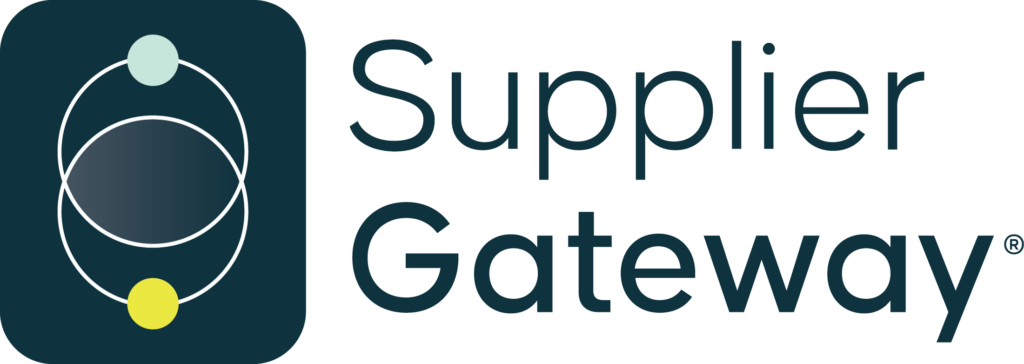Nothing brings home a new or complex technology like a demo. Without a doubt, demos represent a chance to dazzle prospects with your technology in action, and they are critical elements at any stage in the engagement funnel. They can help get the next meeting or even seal the deal. The stakes are high.
And yet, despite the stakes, some demos dazzle while others dull the senses. What makes the difference between these two outcomes?
Powerful demos don’t just happen. They’re crafted with vision, planning, and an expert eye. As you start mapping out your next one, here are three crucial best practices for creating trade-show demos. These best practices are not mere details—they cloak dramatically different expectations and requirements for which you’ll need to plan in advance. Each one eliminates blind spots that can make your demo less effective and its production more painful.
#1: Story over features
Imagine two different demos that showcase, say, a server-management solution. In one demo, a video painstakingly explores the user interface and explains all of the time-saving features embedded in the technology. The other demo tells the story of a server admin who must perform software updates across a fleet of servers. It shows how the solution makes that task quick and easy. Although the second demo doesn’t provide an exhaustive list of the solution’s features, it’s more likely to be engaging to an audience of IT pros because it’s less abstract—it’s based on a familiar task that the viewers know to be time-consuming.
A focus on features is the most common mistake we see in trade-show demos. You want your audience to have an emotional reaction, and that rarely happens when it’s all about the technology’s features. Instead, your demo needs to tell a story about your viewer: show how your technology will solve a business problem, or save money, or make people more successful. And remember—shorter can be better. Don’t make the demo a minute longer than it needs to be.
Your demo should answer three questions about the technology with its story: What is it? What does it do? And why should I care? The first two questions can be answered relatively quickly, and then the emphasis should be on the last question. Tell a rich and vibrant story based on a business problem that highlights your solution’s primary differentiator. That’s where your demo engages your audience and encourages them to see the technology at work in their own environments. Spark their imaginations. Especially if you’ve taken care to make your tech look amazing. Sometimes small investments in presentation value can make all the difference between boring and stunning.
So what story should your demo tell? Consult with your field reps or your best customers to answer this question. Working in the trenches every day, they know which stories will resonate by being centered on real-world business problems.
Deciding what story you want to tell will help you determine the form your demo should take. After all, a demo can take many forms, from a video-only presentation to a live interface with a fully functional back end.
#2: Know your audience
Successful demos cater to the right audience at the right time and in the right format. Are you talking to business executives or technology executives? Technology managers or technology implementers? The story your demo should tell will vary depending on the audience you want to engage.
You should also know the context in which your audience will experience the demo. Will it be during a keynote speech, where there are hundreds or thousands of viewers, or up close in a trade-show booth, where 1:1 interaction is possible? Maybe it’s in a video or a webcast. Each of these contexts requires different levels of abstraction for the audience and presents different challenges to making the demo pop.
Every demo should have one or more magical moments. Aim to surprise and delight your viewers when you show your prime differentiators. You can build those “aha!” moments into your demo more easily when you build it around a specific business use case or workload. Show your viewers something they haven’t seen before, or something they haven’t seen done in this particular way before. This can solidify your technology and brand in your viewers’ memories.
Don’t neglect your partners when thinking about audience. Who are the relevant partners, and how can you engage them or help to tell their portion of the story with your demo?
#3: Get ongoing returns
Don’t forget to think about the afterlife of your demo. Some careful planning can make sure it has legs. After its first use, perhaps at a trade show, how can you continue to extract value from it? You’ll have invested a lot of resources into the demo by that point, and you should aim to get the maximum return on your investment—without having to start over with your team. You’ll also want to ensure that the sales team stays on message and on brand with the demo and the solutions it illustrates.
Maybe you’ll want to build a platform on which multiple demos can be based. That way you can reinforce the messaging about your technology from multiple angles for multiple audiences and situations. Perhaps the platform could be hosted on the company intranet or your team’s cloud for the field to access. Maybe you’ll want to make a video from it or produce collateral that drills down into details not covered in the demo. Think about this now so that you can more effectively plan to re-use your demo over and over.
Ready to plan your next demo?
Short of a proof-of-concept, a demo might be your best opportunity to show extraordinary technology in action. Even early-release or preview products can tell a great story, and you can work around their limitations to ensure a smooth viewing experience. Here’s a checklist to get you started:
- Engage stakeholders, especially field reps and top-tier customers, for valuable insights.
- Define your audience and their pain points.
- Develop a narrative that goes beyond key features.
- Make sure the narrative answers fundamental questions about the technology: What is it? What does it do? Why should a viewer care?
- Adjust your plan for the demo’s specific context—keynote, trade-show booth, video, webcast.
- Technical considerations:
- Can the demo be easily reset so that it can be shown many times?
- Can you automate any part of it?
- Have a backup plan in case the demo fails.
Related Posts

Do You Need AI?
If you read the tech news, you might believe that every business is using Generative AI (GenAI) to increase efficiency and productivity. But the real

Navigating AI for Business with Expert Guidance from Prowess
Artificial intelligence (AI) is rapidly transforming businesses of all sizes across all industries. From automating tasks to improving customer service to developing new products and



